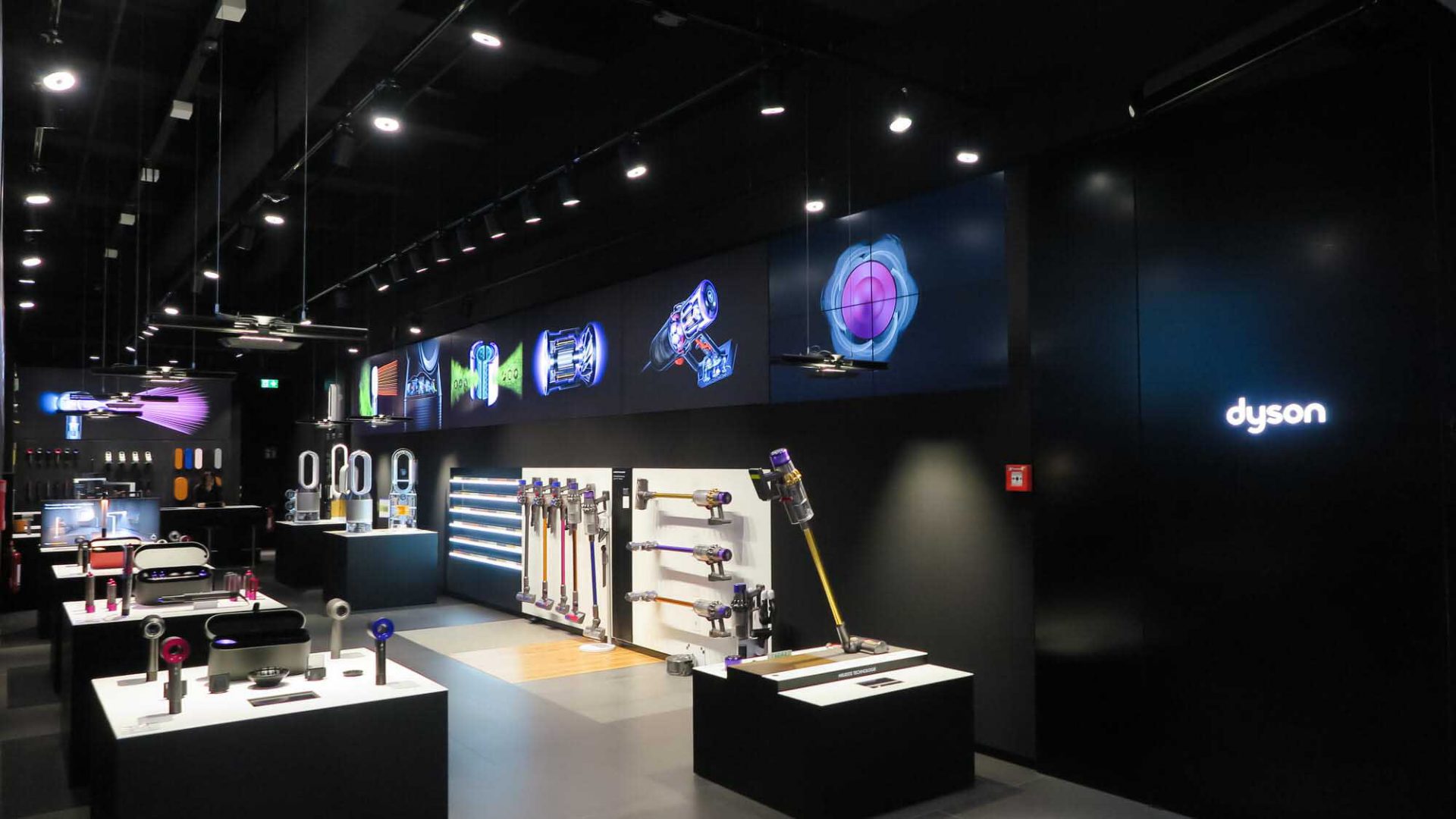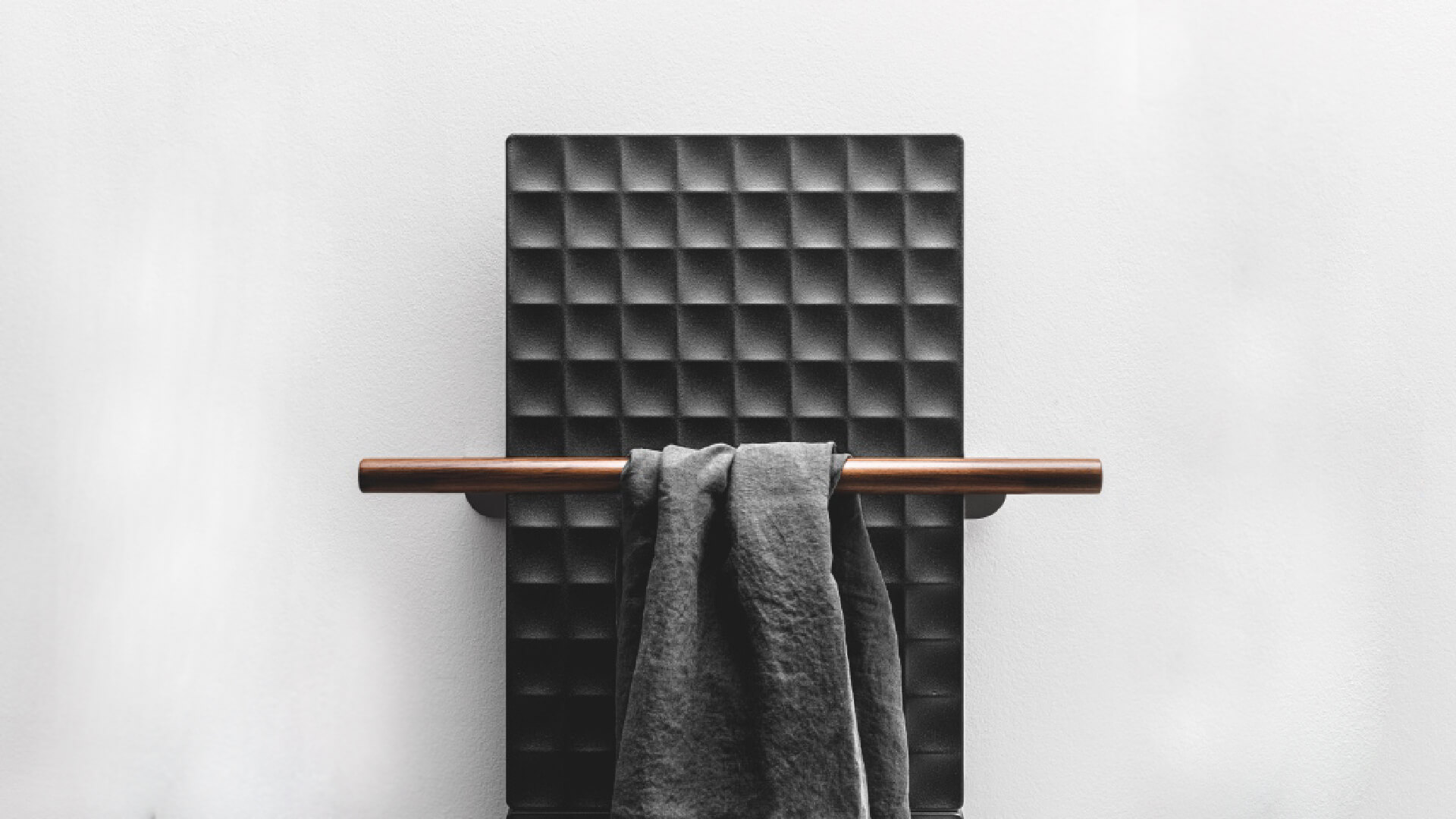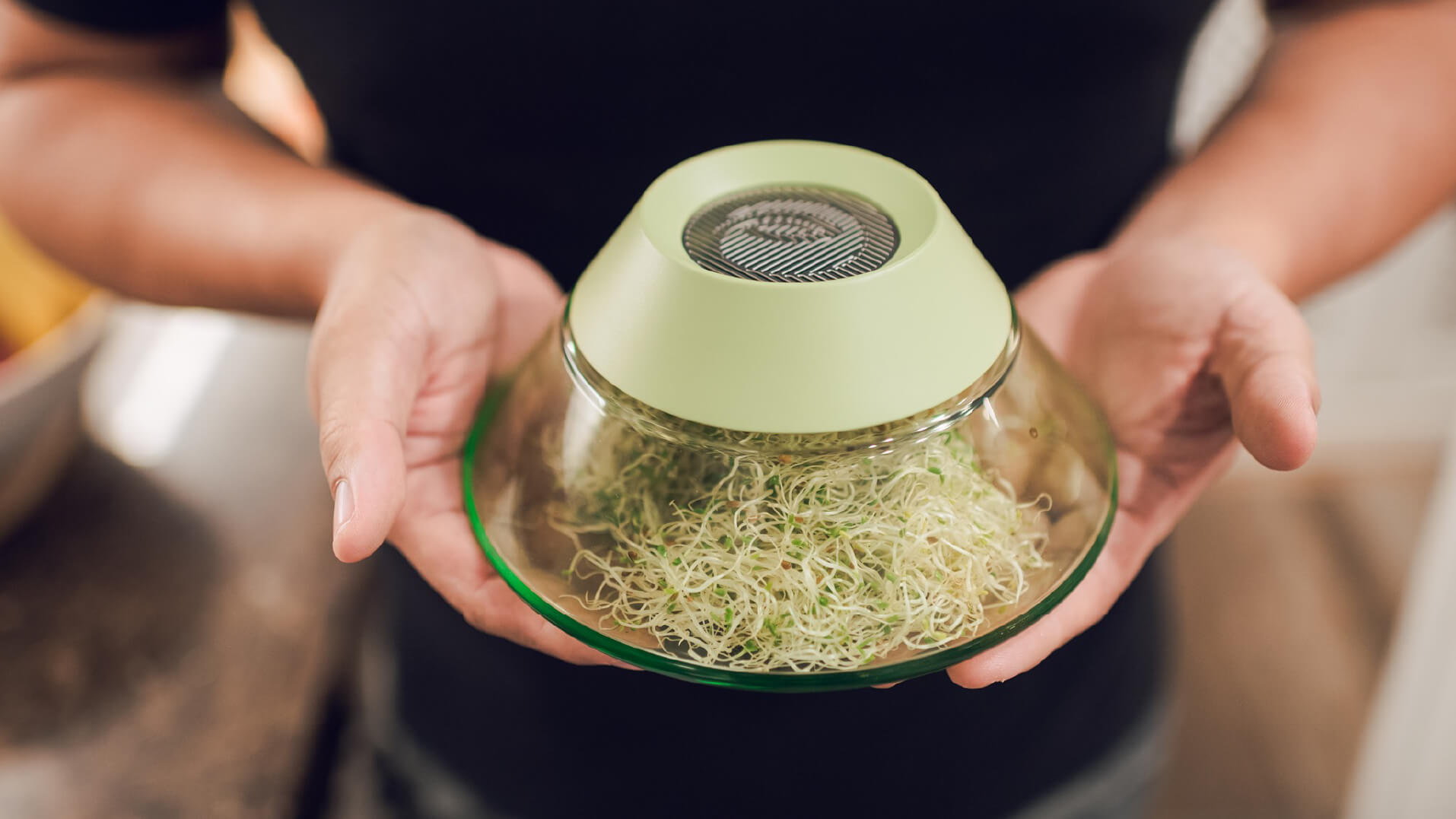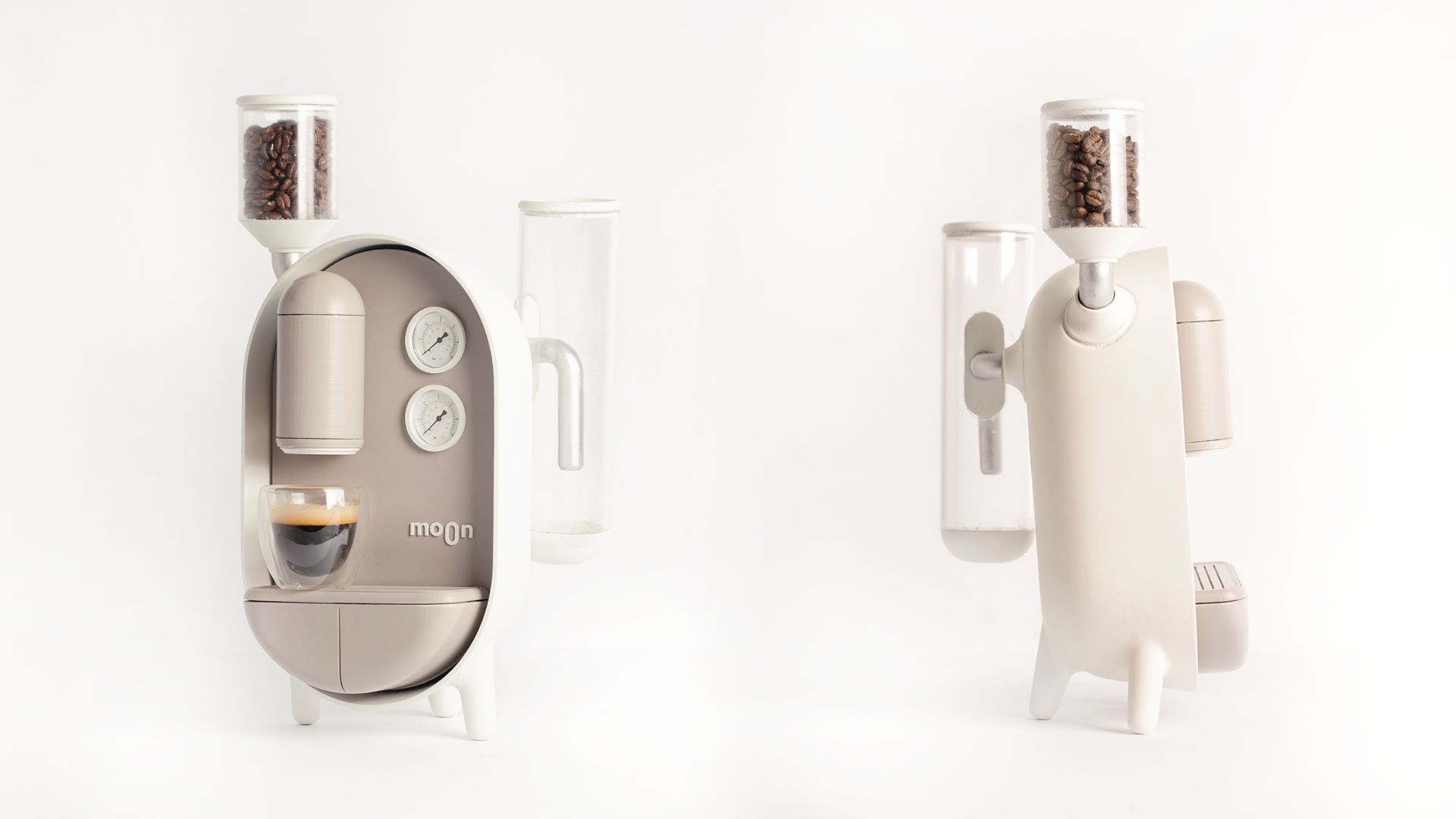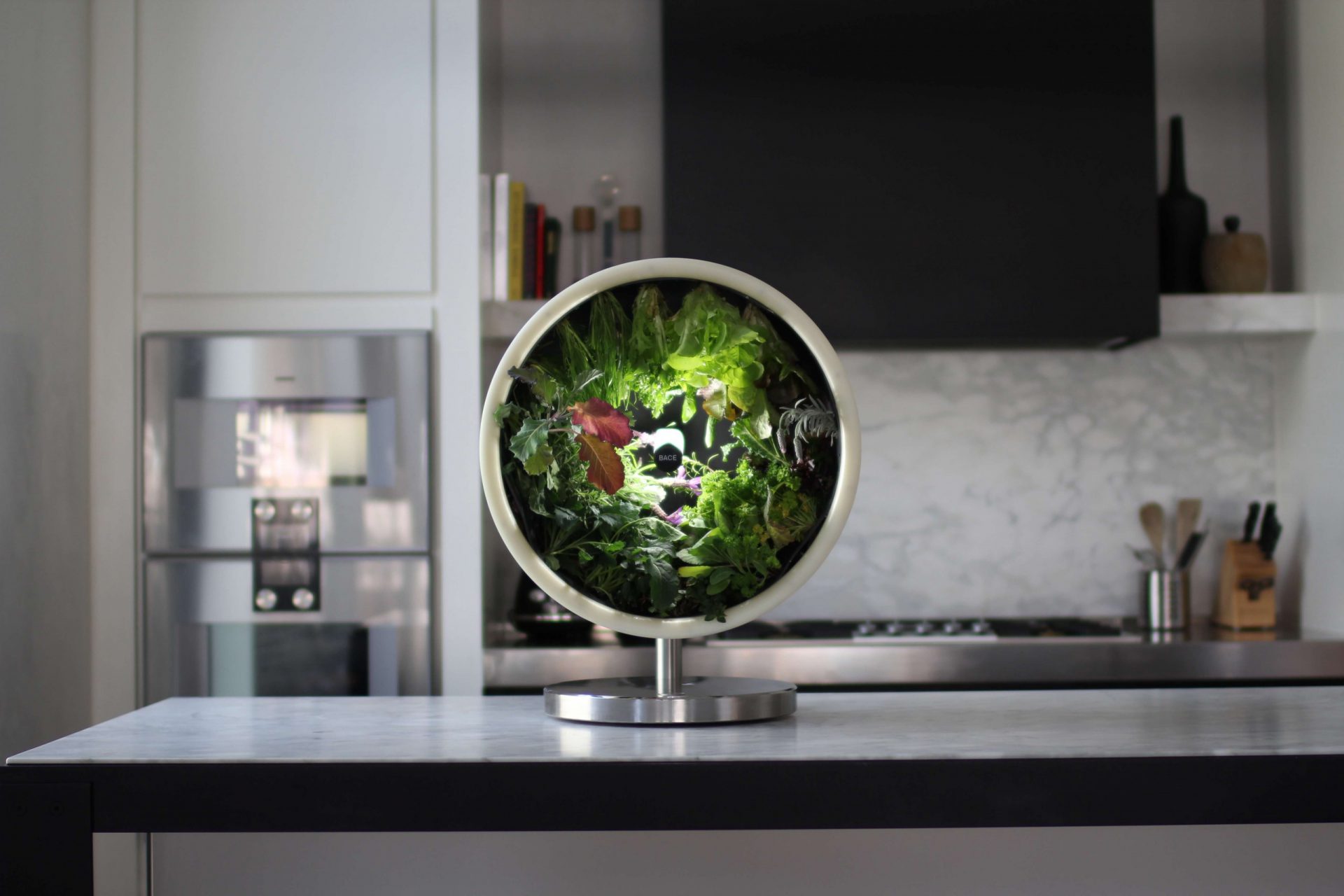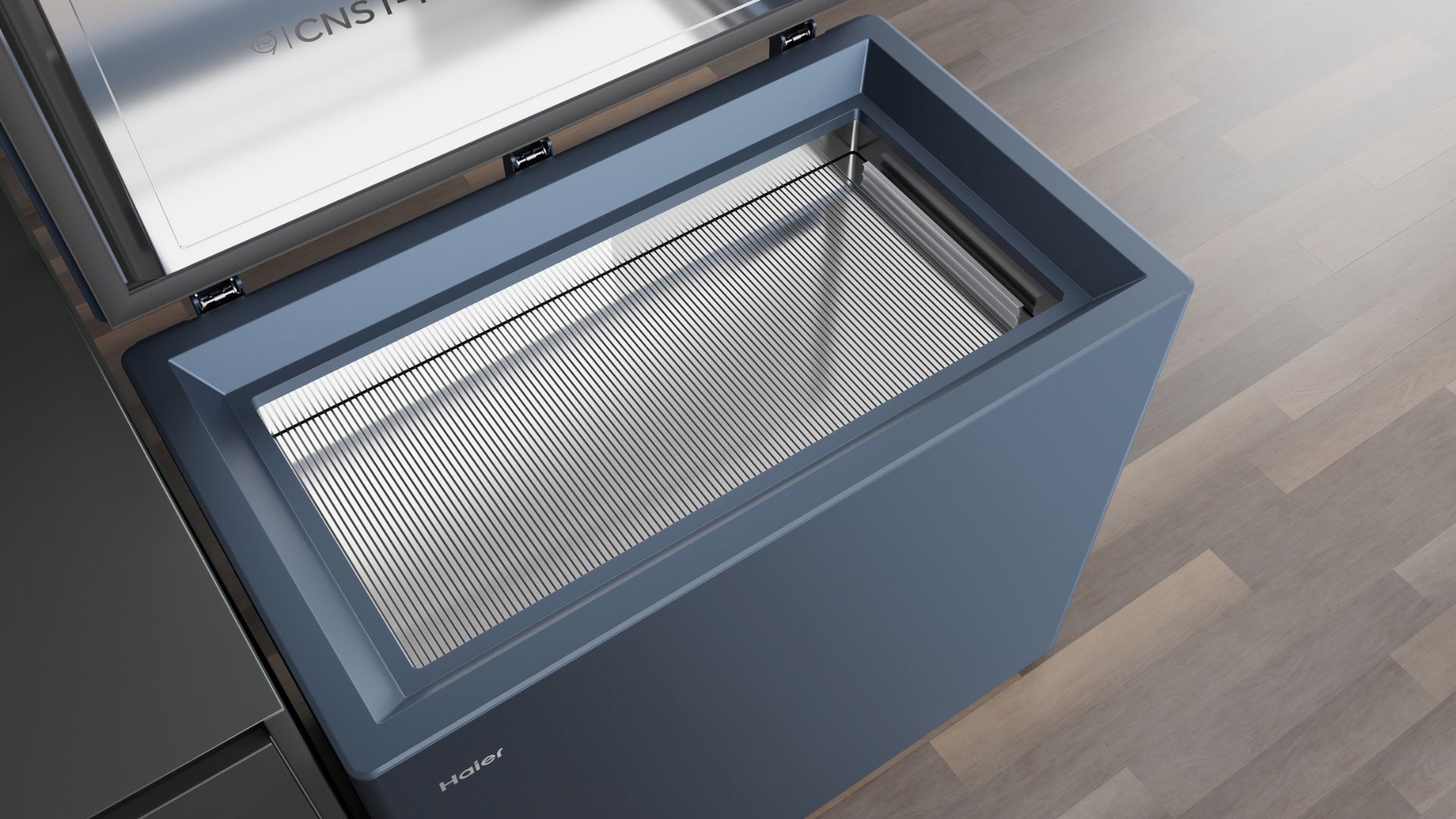LHOV – The all-in-one integration of hood, oven, and induction hob
LHOV introduces a groundbreaking new category of home appliances. Designed by Fabrizio Crisà, the Chief Design Officer at the Italian company Elica, this system uniquely eliminates odors and vapors from both the hob and the oven for the first time.
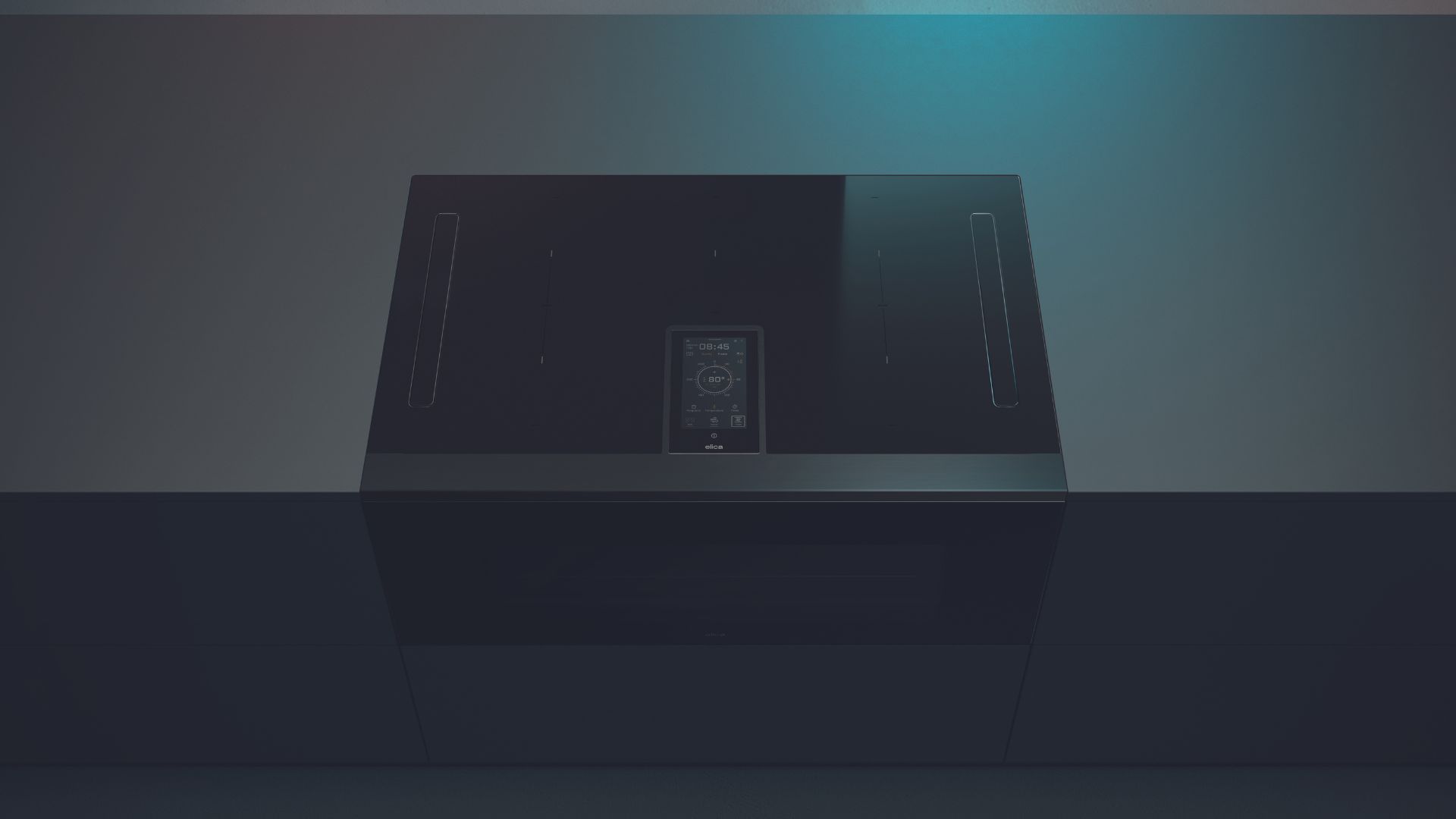
How often do we find ourselves questioning products that appear to have only one possible form, ones that we often take for granted? LHOV doesn’t fall into this category. It is born from a profound dissatisfaction with the unchanging standard aesthetic, a creative process continually questioned and refined by Fabrizio Crisà, Chief Design Officer at the Italian firm Elica.
True innovation seldom arises from marketing tactics. Instead, it springs from the deep-seated drive of innovators to challenge the accepted norms, aiming to perpetually enhance something that most people assume has already been perfected.
True innovations captivate our senses, present fresh perspectives, and though they may not be instantly understood, they possess an inherent ability to demonstrate their potential. These innovations might not be perfect in their initial form, but their true value lies in their capacity to forge new paths and opportunities for subsequent enhancements. As the Chinese proverb goes, “A journey of a thousand miles begins with a single step.” Motivated by this insight, I sought to deepen my understanding by engaging with the creator of LHOV, Fabrizio Crisà.
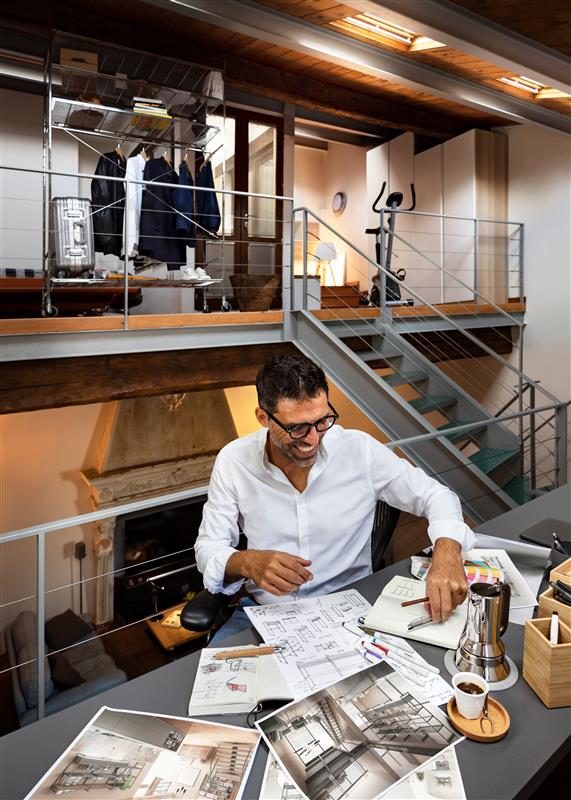
How was the concept for the Lhov integrated system developed? What business or market insights led to its creation?
Fabrizio Crisà:
“The LHOV concept originated from a spontaneous insight, bypassing the usual detailed market analyses. In 2019, when this idea emerged, Elica was known for producing hoods and had only recently expanded into making extractor hobs. This expansion included enhancing their range from advanced suction systems to transformational kitchen hoods focused on integrated extraction technology. Driven by an innate curiosity and my habit of observing people, I analyze their movements and actions meticulously.
Although I don’t cook, I keenly observe every gesture someone makes, whether it’s opening a drawer or an oven, or even while they’re at a gas station. This observation fuels my continuous quest to improve things or to understand why they are done a certain way. Regarding kitchen hoods, we have transformed them from being an optional and hidden appliance, only expected to perform its basic function of air suction, into a decorative element with sophisticated technology that can become the focal point of a kitchen. Meanwhile, ovens have remained unchanged, stuck at the standard size of 60×60 cm, despite the evolution of kitchens around them.
Transportation methods have evolved from cars to bikes, electric scooters, and monorails, but the oven has stayed the same. It raises the question: was the original design perfect, or has no one thought to question its standardization? This led me to reconsider the oven’s function and design. Modern kitchens are now the heart of the home, yet when something is cooked in the oven, the smell spreads throughout the neighborhood. For instance, you might open your door to a neighbor commenting on the cake you just baked. Prompted by this, I envisioned a different approach. Initially skeptical of my capacity for innovation, I pondered reversing the airflow dynamics: instead of expelling air, why not draw it in, filter it, and cleanse it of cooking odors? Additionally, I thought about making the oven narrower.
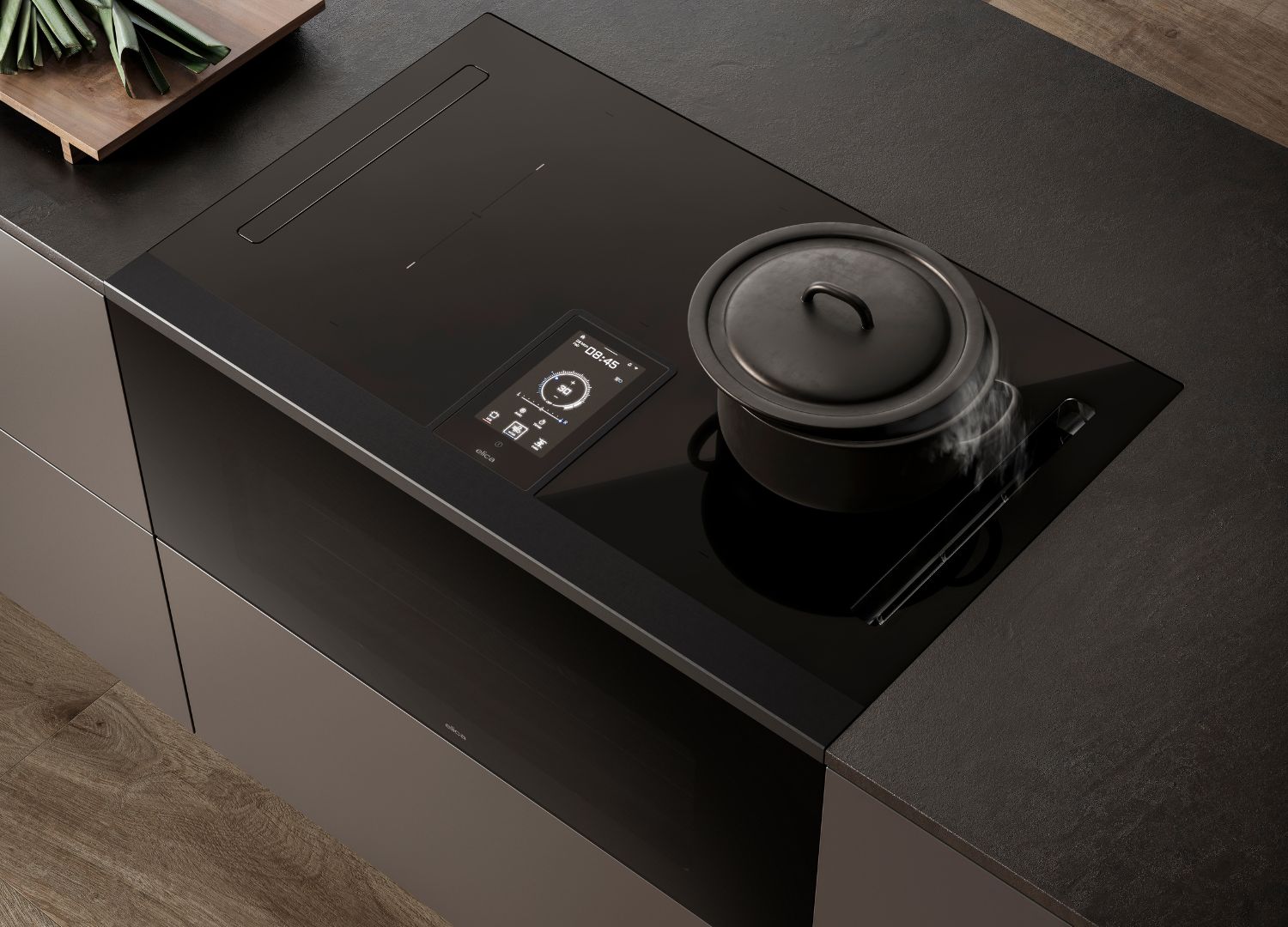
Combining these insights, I decided to integrate everything: designing a plan with an oven beneath, smaller in size, elevated to align with the bottom of our logo, positioned as naturally as it would be in a column. The oven would be wider, just like a kitchen base unit at 90 centimeters, allowing for side-by-side cooking. I found answers to my questions gradually, assembling the pieces like a puzzle each night. Ultimately, what seemed impossible initially came together piece by piece. What started as mere ideas about an oven evolved into an integrated solution involving extraction, culminating in a product that epitomizes modern kitchen capabilities.
This embodies Elica’s DNA: the courage to innovate, the willingness to experiment, and the mindset that yesterday’s achievements are always open to challenge and improvement. This approach led to the development of LHOV, initially met with resistance but ultimately embraced by a pioneering company like Elica, affirming that indeed, it was possible.”
From a design and engineering standpoint, what were the biggest challenges encountered during its development?
Fabrizio Crisà:
“The technological challenges were considerable, as it required integrating components with different operational natures and regulatory standards into a single appliance. Cooktops and ovens follow different guidelines, and harmonizing these within one design demanded a sophisticated approach. We aimed to maintain a compact form factor without sacrificing the utility drawer, thus necessitating a powerful yet evenly distributing extraction system. This system needed to function effectively whether the oven or cooktop was in use, adjusting its suction accordingly to maintain consistent air cooling and extraction dynamics.
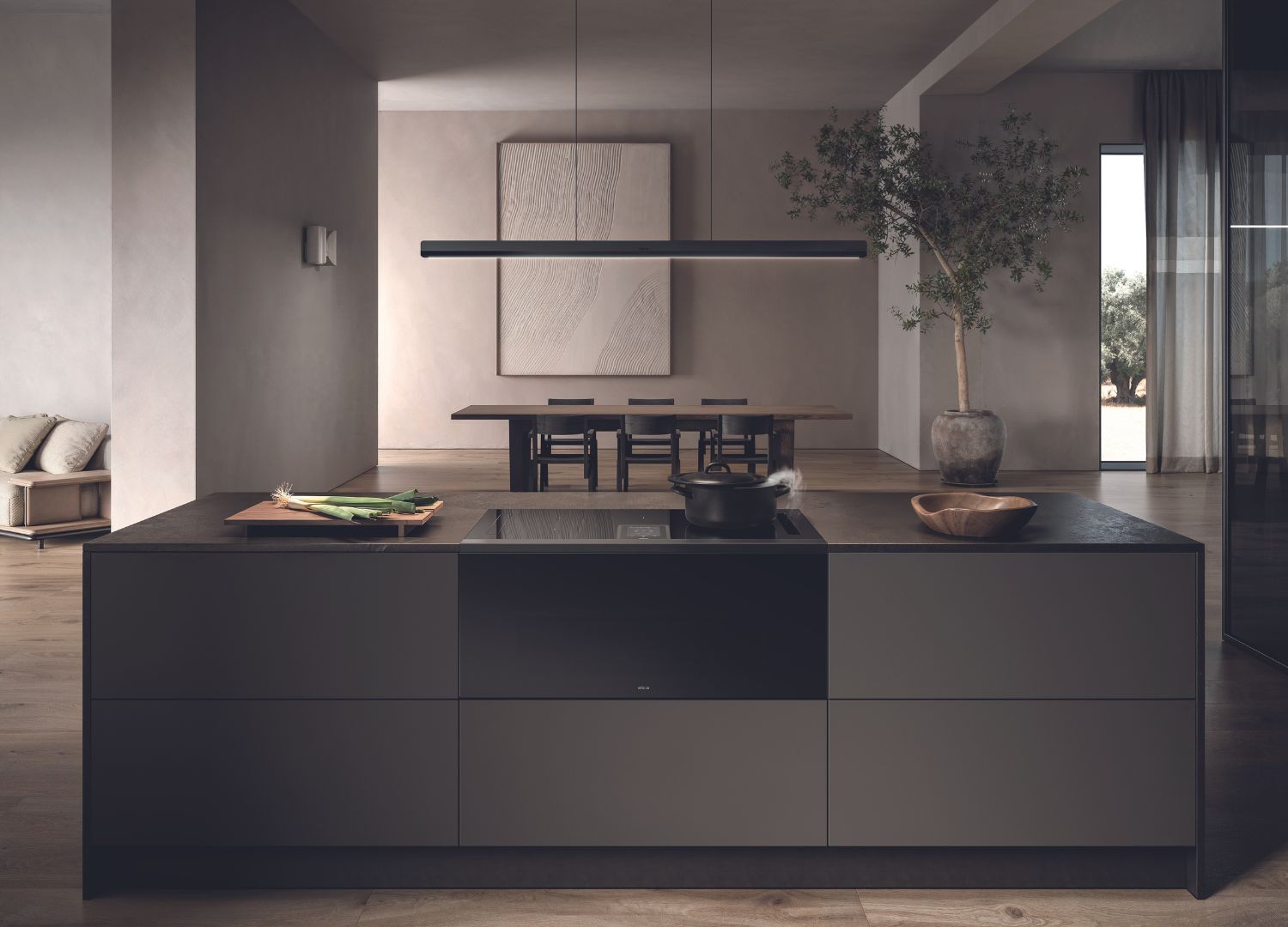
For instance, if the top extraction is active, less suction is needed from the oven because air is already being pulled from above. Conversely, if the top extraction is closed, the oven’s extraction is moderated to prevent excessive cooling. This balancing act ensures that activating the oven doesn’t disrupt the overall air flow, particularly when air is drawn from a cooking pot on the stove.
A primary focus was also placed on the installation process of LHOV. Designing an innovative product that integrates seamlessly into existing kitchen setups was crucial. Unlike standalone products, our designs have to blend into a variety of kitchen brands and layouts. This necessitates a versatile design that either sets a new standard or adapts flawlessly to existing standards. In raising the bar, I aimed to redefine what is considered standard.
For example, the conventional 60×60 cm oven doesn’t align with the modular spaces commonly found in modern kitchens, which are often 36 or 42 cm, or fitted with long drawers. To address this, I developed a product with dimensions that mirror a typical kitchen drawer, specifically 36 x 90 cm. This allows for the product to be installed as easily as fitting a drawer, accommodating various countertop heights and configurations. Whether the countertop is flush or extends outward, our solution can adapt.
Through meticulous design and engineering, we’ve crafted a product that offers flexibility and compatibility with any kitchen style, answering the demands for a truly integrated kitchen appliance.”
Performance-wise, does it compare favorably with existing conventional products (individually taken)? What are its main features?
Fabrizio Crisà:
“Regarding its performance characteristics—whether we discuss degrees Celsius, cooking speed, or heating capacity—it stands on par with high-end ovens. Thus, it meets all the criteria necessary to be considered alongside top-tier ovens. What sets the our solution apart, however, is its design and inherent DNA, which I believe enhances overall efficiency. As the saying goes, “Power is nothing without control,” and this is the essence of this innovation.
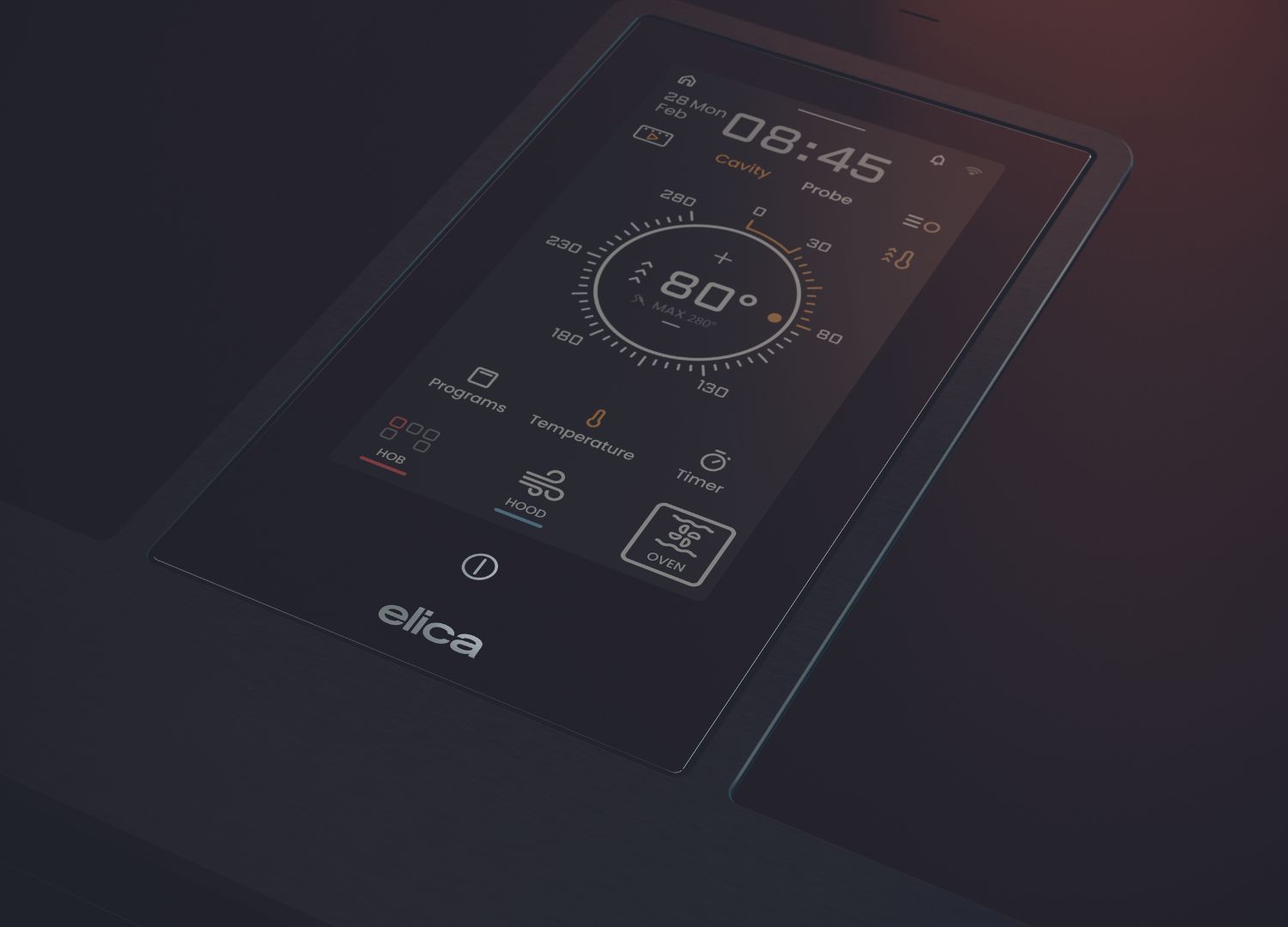
It meticulously manages every function within LHOV through a redesigned product framework, aiming for a cooking outcome that’s more precise, consistent, and well-calibrated. Ultimately, the control it offers not only enhances performance but also matches the performance of conventional ovens at 280 degrees, similar to other high-end models, including steam cooking with full steam capabilities. But it’s the advanced command interface that elevates this oven.
This central interface accesses all functions and fosters integration among various components, pushing the boundaries further. This isn’t merely about adding features; it’s about enhancing the oven’s versatility and deepening the user’s connection to the appliance, making it not only more functional but also more intuitive and satisfying to use.”
What was the target audience you had in mind when you conceived Lhov?
Fabrizio Crisà:
“I originally conceived something quite universal, not targeting any specific demographic, but definitely appealing to those who appreciate cooking and design. The product we’ve discussed—boasting advanced performance and extraordinary functionalities—truly revolutionizes the category and represents a significant innovation over previous models. Yet, it’s important to remember that all this innovation is housed within a sleek, thoughtfully designed casing.
As its designer, I can attest that its design is meticulously crafted, clean, and minimalistic, featuring no handles and resembling a monolith. This aspect today truly sets it apart. People not only buy for functionality but also with their eyes. The product must provoke an emotional response, and I’ve observed how people react when they encounter LHOV. I’ve always envisioned who might stand in awe before this seamlessly connected piece. When you see it, you might wonder how it was installed. It disassembles in a way that the oven pulls forward, the cooktop lifts, and below lies a standard kitchen with a conventionally cut countertop. Yet, when it closes, it transforms into a seamless monolith.

Observing people gaze at this enigmatic, all-black object that doesn’t immediately reveal itself as an oven door—given its black finish with internal LEDs that only illuminate upon activation—is mesmerizing. This charm is what I believe to be the decisive factor, designed to attract an audience that values such refined details. Certainly, there are consumers who purchase whatever is recommended without much knowledge, but my goal was to create something so striking that even from a distance—not just 10 meters but perhaps 50—you could distinguish the LHOV oven from the rest, confidently identifying it among many.”
Given the diversity in cooking practices across different countries, which geographic regions do you believe are more likely to adopt its use, and why?
Fabrizio Crisà:
“From this perspective, LHOV is primarily targeted towards the EMEA market, particularly European consumers. While America could also be a potential market, it would appeal mainly to those Americans who have a preference for European products. In America, the trend is often the opposite of ours: where we emphasize minimalism with less content and sleeker lines, everything smaller and functional, Americans tend to favor larger, more robust designs.

For example, a small vacuum cleaner might not perform well in the American market, whereas a larger, one cubic meter vacuum cleaner might be more popular. This applies similarly to range hoods and, I believe, to ovens as well. This slim oven may not meet the expectations of those who prefer traditional American products, which typically include massive ovens designed to roast an entire turkey. However, for those embracing a modern kitchen lifestyle, then LHOV is the perfect luxury product.”











